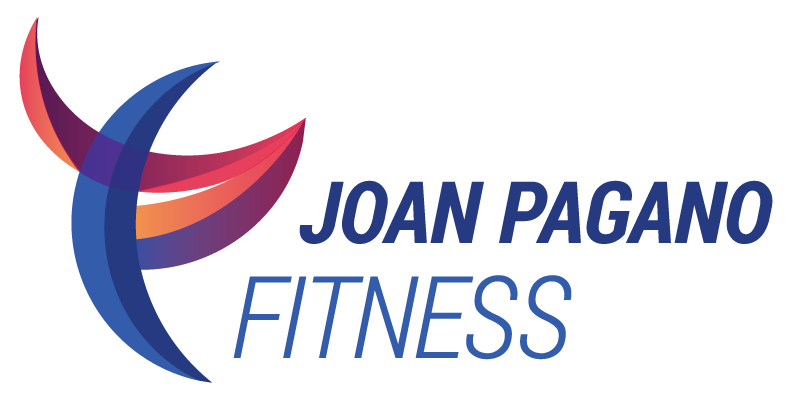Arthritis: Break the Circle of Pain with Exercise, Part 1
We used to think of osteoarthritis (OA) as a nuisance disease, causing aches and pains that you just have to live with as you're growing old. Now, however, we recognize the impact that OA has on daily living, affecting your ability to work and becoming one of the most common causes of disability in the U.S.
Stiff, achy joints are the hallmark of OA, a degenerative joint disease affecting the cartilage that acts as padding between the bones of the joints. Over time, normal wear and tear causes the cartilage to break down, reducing the cushioning in the joints and causing pain, inflammation and swelling. It usually occurs in the weight bearing joints of the hips, knees and feet, as well as in the neck and lower spine and in the hands.
During exercise this condition can cause sharp pains and restrict range of motion. Although the tendency is to minimize movement to avoid pain, this can unfortunately lead to more pain and stiffness. Inactivity, a frequent consequence of arthritis, creates a downward spiral and causes a cascade of other health risks.
Appropriate exercise will actually diminish the discomfort, increase mobility and strengthen the muscles that support the joints. A well-rounded exercise program should focus on cardio activity, strengthening and stretching.
Start every session with a thorough warm up to increase core body temperature and circulation, warm up muscle tissue and release lubricating fluid into the joints. Then go through the body with gentle range of motion exercises for joint preparation. View video here.
While exercise cannot cure arthritis, it can make you stronger and more functional. Its benefit is to relieve pain, reduce inflammation and increase range of motion. Tune in next week for Part 2 of this column discussing appropriate cardio, strengthening and stretching exercises.
Click here for more about the prevalence of OA knee pain in women.
Of course this information should not take the place of guidance from your own physician or other medical professional. Always consult with your doctor before beginning an exercise program or becoming much more physically active.

